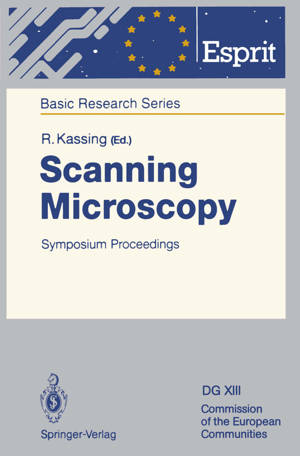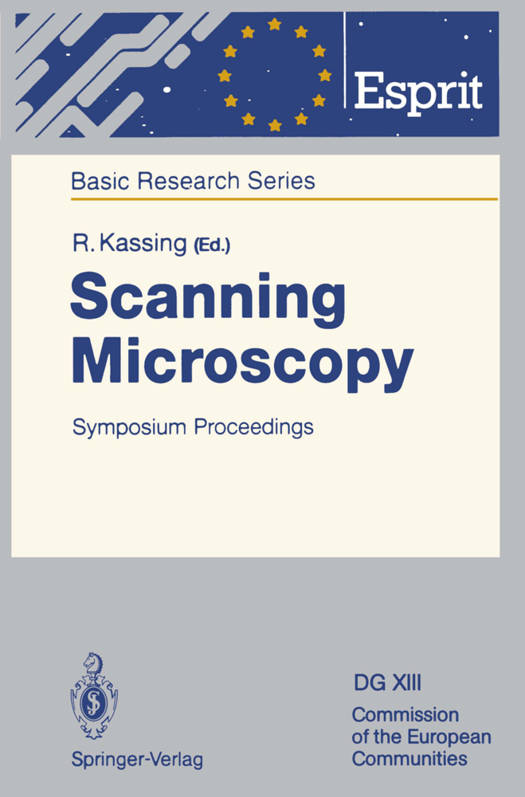
Je cadeautjes zeker op tijd in huis hebben voor de feestdagen? Kom langs in onze winkels en vind het perfecte geschenk!
- Afhalen na 1 uur in een winkel met voorraad
- Gratis thuislevering in België vanaf € 30
- Ruim aanbod met 7 miljoen producten
Je cadeautjes zeker op tijd in huis hebben voor de feestdagen? Kom langs in onze winkels en vind het perfecte geschenk!
- Afhalen na 1 uur in een winkel met voorraad
- Gratis thuislevering in België vanaf € 30
- Ruim aanbod met 7 miljoen producten
Zoeken
€ 150,48
+ 300 punten
Omschrijving
With the invention of the scanning tunneling microscope in 1982 by Binnig and Rohrer and the subsequent award of the Nobel Prize, the field of scan- ning microscopy was given a strong boost in view of its wide range of ap- plications. In particular, expanding the capability to access nature's foundations at the atomic level is now recognized as having the potential for major impact in Infonnation Technology. This third volume of the ESPRIT Basic Research Series provides a well structured overview of the state of the art of scanning microscopy and re- cent advances including results of ESPRIT Basic Research Actions 3109 and 3314. April 1992 G. Metakides Preface The IMO Symposium Fall '90, Wetzlar, FRO, October 1/2, 1990, brought together leading scientists and researchers in scanning microscopy from re- search institutes and industries, each of whom was invited to contribute a lecture which was followed by a discussion. The resulting contributions are contained in this proceedings. Microscopic techniques are used not only for research work in material and life science but also for routine applications in almost any vital section of our everyday life. The demand for coming to a better understanding of materials and their behaviour under different conditions and environments as well as all aspects of human life initiated an ongoing development for improved microscopic techniques.
Specificaties
Betrokkenen
- Uitgeverij:
Inhoud
- Aantal bladzijden:
- 207
- Taal:
- Engels
- Reeks:
Eigenschappen
- Productcode (EAN):
- 9783642848124
- Verschijningsdatum:
- 9/02/2012
- Uitvoering:
- Paperback
- Formaat:
- Trade paperback (VS)
- Afmetingen:
- 156 mm x 234 mm
- Gewicht:
- 317 g

Alleen bij Standaard Boekhandel
+ 300 punten op je klantenkaart van Standaard Boekhandel
Beoordelingen
We publiceren alleen reviews die voldoen aan de voorwaarden voor reviews. Bekijk onze voorwaarden voor reviews.








